Voices from International Students in DAAS
Participants: Ms. A, Mr. B, Ms. C, Ms. D
Chairman: Ms. E
Introduction
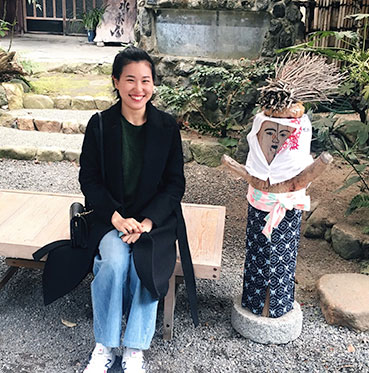
Thank you for joining today’s meeting! This roundtable meeting is organized by the Division of African Area Studies (DAAS) aimed to share and discuss the ideas about research and daily lives from the perspective of international students. The information that you provide is expected to help future applicants who aim to enroll in our division. Due to the spread of the Covid-19 virus, please understand that we prepare the meeting online, by using the Zoom system. Before starting the meeting, could you please introduce yourself briefly?
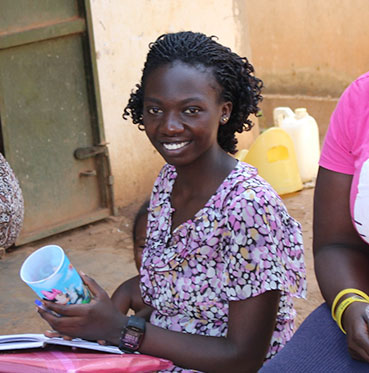
Hi everyone, I came from Uganda, I am in the division of the African area studies, and my research is about obesity.
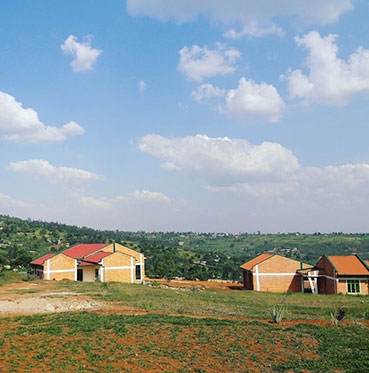
Hello everyone, I am a 1st year student here. My main interest is orphans in Uganda, and nice to meet you all.
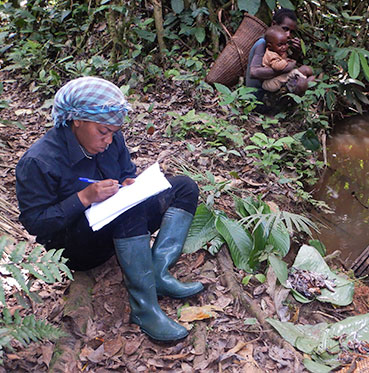
Hello everyone. I am from Cameroon. My research interest is forest management, specifically focusing on forest management by local people.
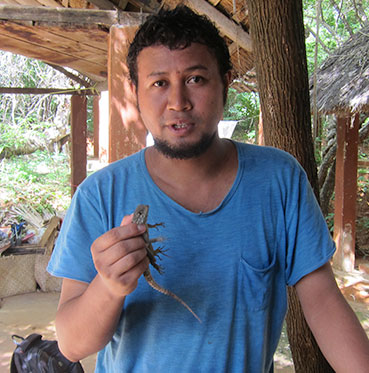
Thank you for the invitations. I am from Madagascar. I am currently working on the ecology of primates.

Thank you, everyone. For the last, let me introduce myself briefly. My main interest is transport workers in Addis Ababa, Ethiopia.
Why Did You Choose DAAS (Division of African Area Studies) for Your Studies?

The discussion part is divided into two parts. First, I would like to talk about our research life. The first question is… Why did you decide to study in Japan, and how did you get the information about DAAS?

My major at the bachelors was human nutrition. I started to get interested in Japan after knowing Japanese traditional food called Washoku(和食). That is how I got initially interested in Japan. Also, I found the information of this division from the embassy of Japan in Uganda.

I always wanted to study about Africa, and I always wanted to go to the local field and interact with the local people. I found this information mostly from the internet, and as I got to know how the Graduate School of Asian and African Area Studies (ASAFAS) mainly focuses on the local field, I applied for DAAS of ASAFAS.

My case is a little bit different from the usual because the project was in collaboration with the Japanese government and the Cameroonian government that is implemented by the institution that I worked called the Institute of Agricultural Research for Development (IARD). So, through this project, I came to know about Japan.

Ecologist and biologists of Kyoto University have been collaborating with the Department of Zoology and Animal Biodiversity, University of Antananarivo in Madagascar, in Ankarafantsika National Park, the northwestern part of Madagascar since 1997. I graduated from the University of Antananarivo and had an opportunity to join this team in 2015 to study the ecology of brown lemurs (Malagasy primate). We collected data on the feeding ecology of brown lemurs and planned application of the MEXT scholarship with my collaborators. I came to Japan to co-conduct chemical analyses and data analyses in Japan. Finally, I had this opportunity to join ASAFAS in 2017 and … “dream come true!”.

Before entering DAAS, I had a connection with my current supervisor, Professor Shigeta. My supervisor in Korea introduced me to some programs at Kyoto University, so I got a chance to have presentations at Kyoto University in 2015 and 2017. When I finished my master’s degree in Korea, I wanted to continue my studies regarding my current theme, so I contacted my supervisor that I want to proceed studies in Japan.
How to Prepare MEXT Scholarship

The next question is regarding the MEXT scholarship (Scholarship provided from The Ministry of Education, Culture, Sports, Science and Technology of Japan). Except myself, I think all the participants who joined today’s meeting achieved get a MEXT scholarship which is the most competitive scholarship for foreigners to study in Japan. I would like you to share the procedures on how you prepared, as well as difficulties in preparing for the scholarship.

As Ms. E said, the MEXT scholarship is very prestigious and very competitive. To be honest, when I applied for it, I was not very hopeful that I would get it because it was so competitive and everyone who applied was highly qualified. Luckily, we could access the questions of previous tests online. So, I checked the old examinations, I tried to practice them, and brush up on my English in general. After the writing exam, there was an oral interview. Some people even tried to learn Japanese before they went to the oral interview, but I could not prepare at that time. I was introduced toProfessor Oyama and this department, and I applied for the certificate of eligibility, and thankfully he accepted me. Only three people could get this chance out of almost a hundred initial applicants so I felt very fortunate indeed.

Most of the procedures are quite similar as Ms. A says, one of the differences was that we had a written exam and oral exam in Japanese (it varies by country). I think I was lucky because I had a long experience in Japan and I was able to speak Japanese, so I think that helped me a bit. And I think the preparation was quite similar to the entrance exam to the ASAFAS because I needed to prepare English exam, written exam in Japanese, and submitting a research proposal as well.

As I earlier mentioned, my process of applying for the MEXT was quite different from the others because I had a MEXT scholarship through the recommendation from the university. So not only me but other researchers who were involved in my research project was encouraged to apply for the MEXT scholarship. The preparation time was very short, it was just 2 weeks. I was amongst one of the people who were prepared to apply for the chance. So, I applied through my institution, I had an interview and oral interview, and get the scholarship.

I am similar to Ms. C but I took a different process. I applied for the MEXT through the university. My supervisor Dr. Hiroki Sato has been working on the ecology of lemurs since 2005 and he was looking for someone interested in the behavior of lemurs. The research I conducted was to understand the activity pattern of a species of lemur (brown lemurs), and this topic was different but in complementarity with the research of my supervisor which is plant-animal interaction. As I said previously, this connection created the opportunity to study in Japan. After I get a chance, I said to my mom bye bye! and I depart to Japan for purchase the dream.
